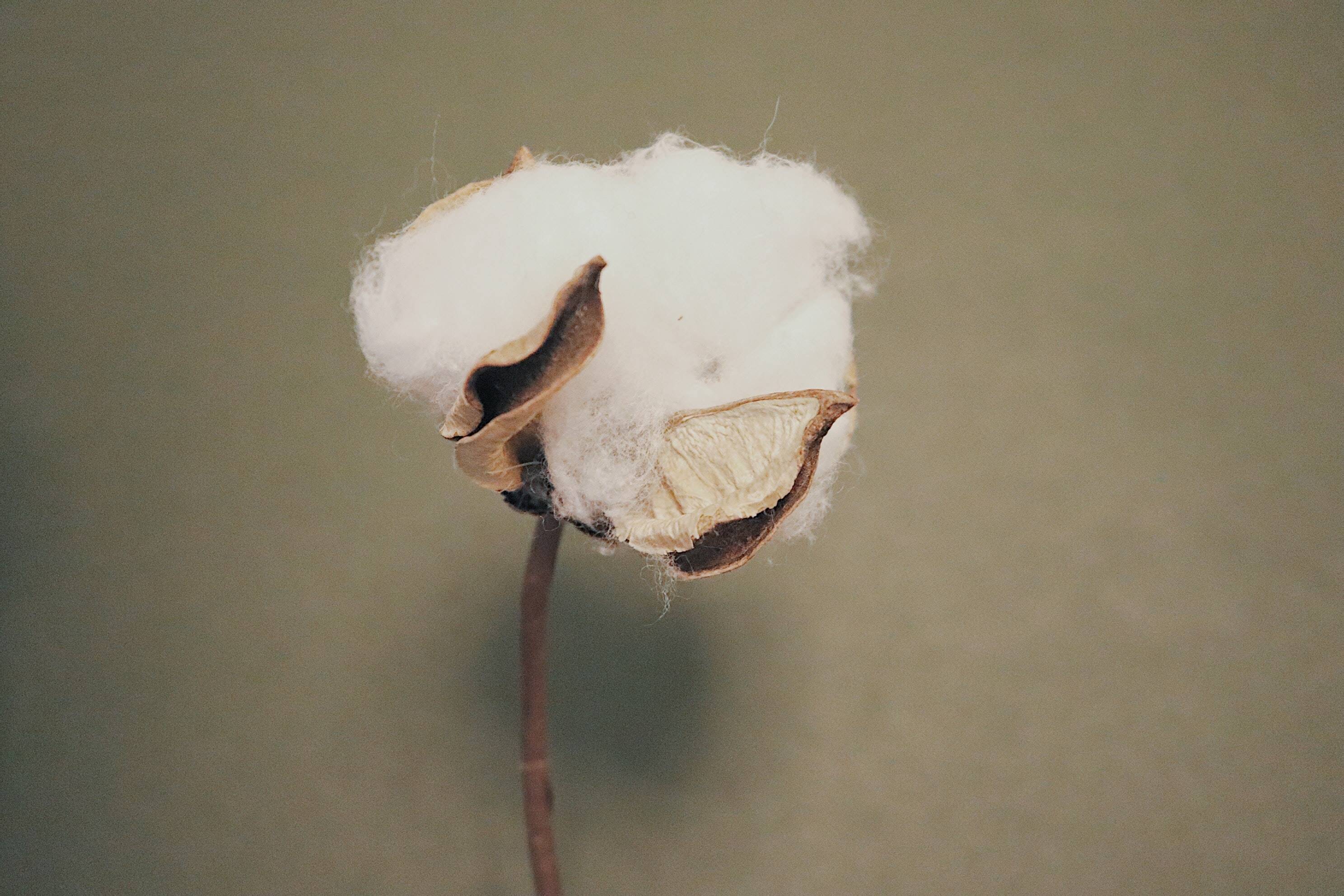Transformers Foundation seeks 'truth' about cotton
13/01/2021

As a sector that relies on cotton, it is in the clothing industry’s interest to understand the facts, particularly as there is so much obsolete or incorrect data in the public sphere, according to the Transformers Foundation.
In the third of its Truth series of webinars – Cotton claims: The Good, The Bad, and The Nuanced – the foundation invited cotton experts to discuss water, yields and pesticides, and sought clarification on misused statistics.Host Marzia Lanfranchi, Transformers’ intelligence director, asked panellists about the accuracy of the much-touted statement that the average white cotton t-shirt uses 20,000 litres of water in its production.
Researcher Simon Ferrigno said using global averages could be “pretty meaningless”, as production varies across the world and figures are often out of date and out of context.
Keshav Kranthi, head of technical at the International Cotton Advisory Committee (ICAC), pointed out that more than half the world’s cotton is rain-fed. “Agriculture needs water, either rain or irrigation,” he said. “The entire cotton growing area in the world receives around 248 trillion litres of water per year through rain, about 178 trillion in the growing season. When a farmer produces cotton, I thank him, for he has used the rainwater that would otherwise be lost to grow a product and employ people.”
He admitted there is an overreliance on pesticides, but that is partly because cotton supports more organisms than most other crops. Pesticides themselves are less harmful than they were 20 years ago, he said, but we “cannot become complacent”. “I feel we should move away from chemical pesticides and insecticides. It’s possible but it needs commitment, science and investment,” he said.
Cannon Michael, CEO of his family run farm, Bowles Farming Company in California, pointed out that while cotton does use lots of water, “it takes a lot of water to grow anything”. His farm grows around 20 crops on rotation, both organic and conventional. He feels too much emphasis is placed on yield and he wished farmers could be rewarded for other aspects, such as social and environmental metrics. “People have to be told credible stories,” he said. “There is a huge role for brands and retailers to lead conversation in a more positive way – farmers don’t have access to the consumer, but brands do. Customers want transparency. The relationship to a credible brand is very strong. They want the brand to tell them that they’ve researched the cotton and made a good choice.”
Arun Ambatipudi, founder of Chetna Organic, a not-for-profit that works with Indian cotton farmers to improve farming techniques, said farmers are often not paid fairly because they are not able to negotiate prices effectively. “Cotton farmers are exploited because they are often small holdings and not well organised, plus they are at the end of the chain. Recently, the GOTS story on fraud meant people will pay a premium, but the farmer does not benefit. The farmer has no say. We need to change the trading systems.”
He added that cotton certification bodies should take some responsibility for the negative view that some consumers have: by promoting their own standard they can vilify conventional methods. "All the talk is about water and child labour - we need to have a bit of perspective,” he said.
Mr Ferrigno added that it’s often difficult to find out what is happening at farm level. Researching Cotton made in Africa (CmiA) and Fairtrade, he found farmers producing under sustainability approaches tend to have more money; it’s about cost versus production and sales prices. “But what do they make after the costs, and how many people are they trying to support?” he asked. “We need to guarantee enough money for farmers; it is feasible. People in the retail industry need to check in the supply chain to see if farmers are earning enough. Farmers can only send children to school if they can afford it.”
Mr Kranthi concluded by saying there should be more stories about the positive aspects of cotton. “The positives are that cotton is a net sequester of carbon dioxide, which is amazing,” he said. “It provides employment to 100 million people around the world and is the best product on earth against your skin. It’s not a water-thirsty crop, it’s one of the most resilient crops and can grow on very dry soils, which is why so many farmers grow it.”
Transformers' first two Truth seminars, Responsible Future and Biodegradable, are available on YouTube. The fourth will discuss Regenerative Agriculture, with details published soon.
Photo by Nancy Yang on Unsplash








